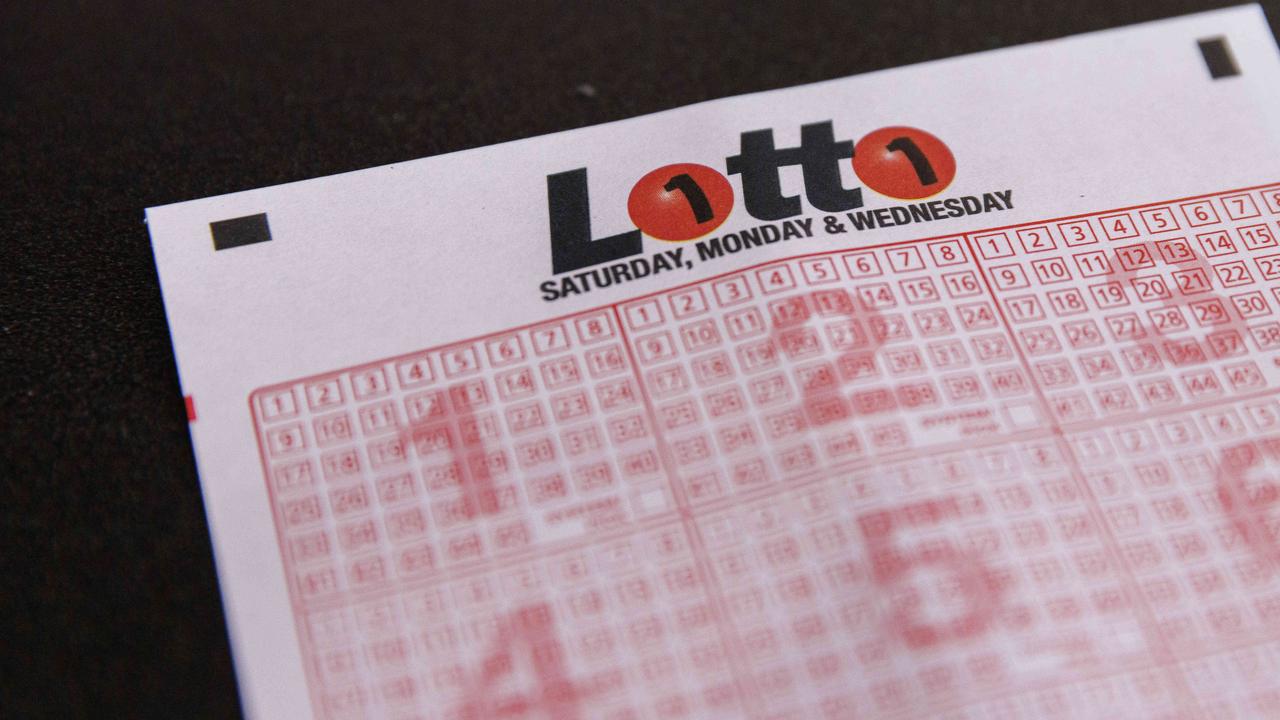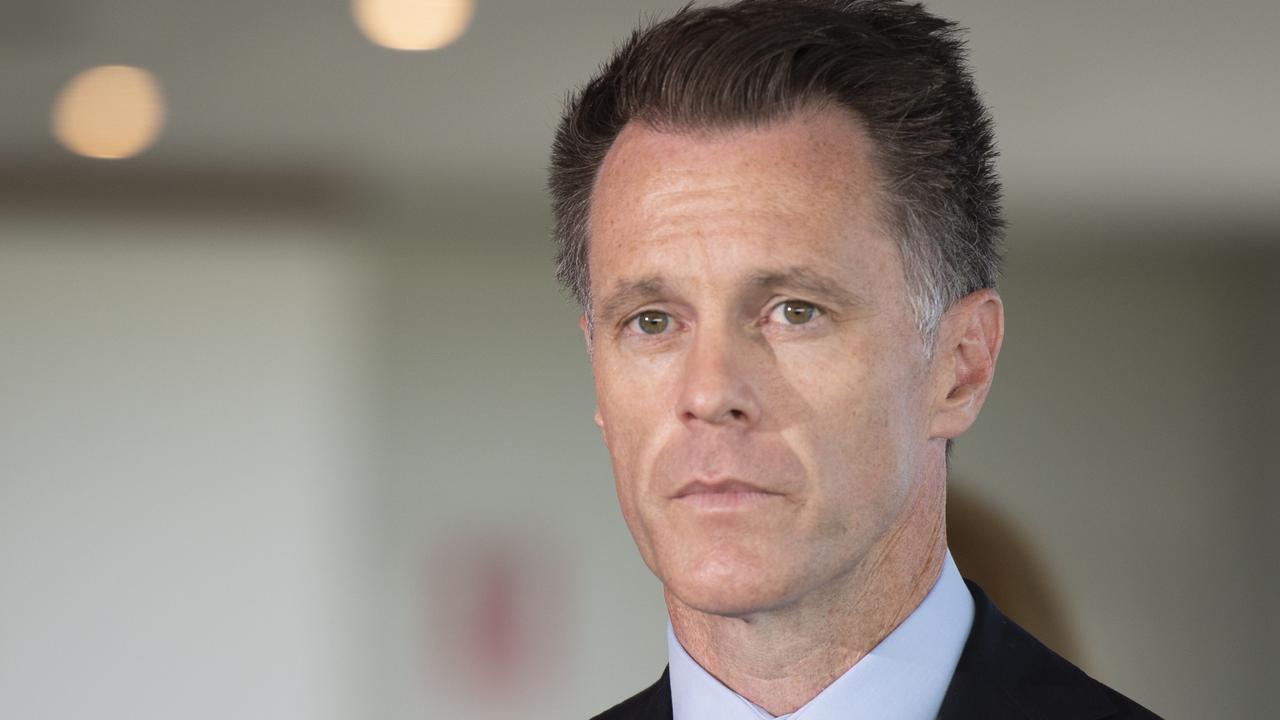Hidden $7 billion debt in Labor’s home ownership scheme revealed, as new details emerge
Labor’s home ownership scheme will force taxpayers to borrow $7 billion, and some participants could be forced to sell up under the plan.
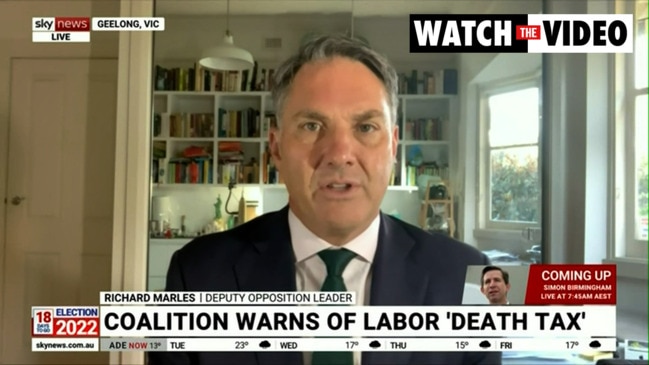
Business
Don't miss out on the headlines from Business. Followed categories will be added to My News.
Taxpayers will borrow $7 billion over the four years to fund Anthony Albanese’s “help to buy” home ownership scheme for low income earners, as questions emerge about whether the scheme will force buyers to sell when they earn more than $90,000 a year.
News.com.au can reveal while Labor leader Anthony Albanese announced on Sunday that the scheme would “cost” $389 million, that the amount the Federal Government would need to borrow to fund the scheme is much higher.
The ALP’s policy, which is independently costed by the Parliamentary Budget Office, would involve borrowing $7 billion over the forward estimates.
Under the scheme, each year 10,000 families and singles earning under $90,000 annually would have up to 40 per cent of the cost of their mortgage covered by the Federal Government.
Over the next four years that would be up to 40,000 families with 30 per cent to 40 per cent of their mortgage covered by taxpayers under the scheme.
Homeowners would not need to pay rent on this portion of the property; they would simply enjoy a lower mortgage with the government owning a stake in their home.
For existing homes, the government would cover up to 30 per cent of the value and for new homes, up to 40 per cent.
This means the government would cover up to $380,000 of the value of a property, depending on where people live, and reduce their mortgage by the same amount.
Once the first part of the mortgage is paid off, or if the person inherits money, they could then buy the government out.
But the detail of what would happen if they start earning more than $90,000 a year has prompted claims this morning that it could act as a defacto death tax, forcing families to sell up when their parents died.
Prime Minister Scott Morrison told 3AW the scheme was “insane”.
“If your wage goes above, your household income goes above $120,000 a year, Anthony Albanese will put a for sale sign on your lawn,’’ Mr Morrison said.
“You actually have to dispose of the asset and pay back the government. I mean, this is insane.
“On top of that, if something terrible happens, and your property is passed to your children, the children have to sell the house if their income is not eligible for the scheme.”
Mr Morrison also claimed that “every time you go to Bunnings” to improve the home you would need to inform Canberra.
However, this claim is not correct.
Under the scheme, if there are major renovations a valuer would determine the impact on the sale price when the property is sold to ensure the owner keeps the value of these renovations.
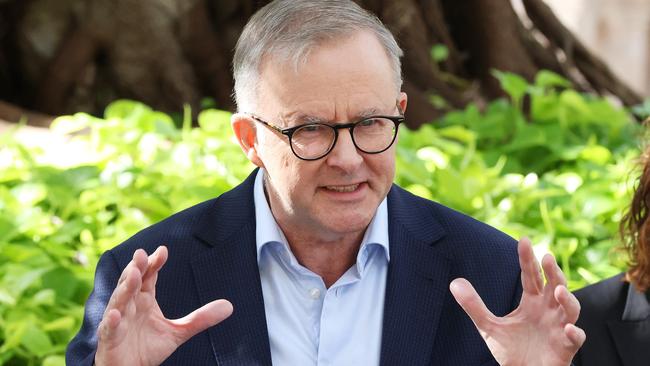
For example, if your parents own a house under the scheme and passed away, if you earn more than $90,000 you would need to buy the government out to retain the family home or sell the property because you would not qualify for the scheme.
Similar rules operate in Victoria, where a shared equity scheme has been running for some time.
“If the son or daughter earns more than $90,000 a year, that house will be sold, with the government taking its share. Is that not a death tax?,’’ Labor deputy leader Richard Marles was asked on Sky News.
“No, it’s not. That’s not right at all,” Mr Marles said.
“And in fact, that the child in that circumstance would have the opportunity of buying the government out so that they own the home outright, which is the same as if the people themselves during the course of their life no longer qualify for the property.
“I mean, this is a scheme, which is designed for people on low and modest incomes, who really face a lifetime of rental right now, which gives them a genuine option of owning their own home.
“Now, if during the course of their life, they acquire wealth, which means they themselves no longer qualify for the scheme, then in that circumstance, they would need to be buying out the government. And that’s fair.”
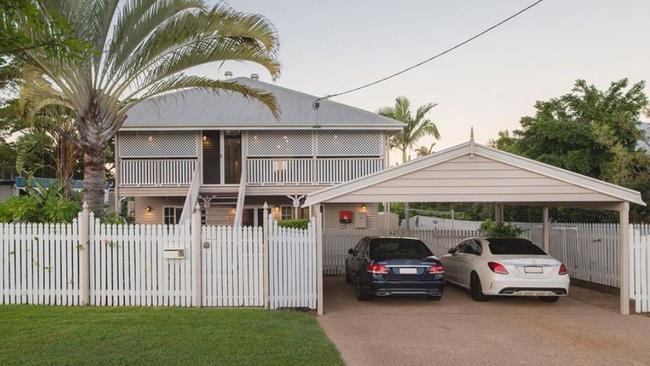
Mr Marles confirmed if the surviving children of a parent who was eligible for the scheme could not afford to buy out the government, the house would be sold as part of the deceased estate and the proceeds distributed minus the government’s share.
“If the child doesn’t qualify, well then those kids would have, or yeah those kids would have an option of buying the government out. And that’s a matter for them,’’ he said.
“If they don’t take up that option, then they don’t take up that option, in which case the property would then be sold, but there is the option as there is for somebody who acquires wealth within their own life.
“If you sell it, that’s a death tax?,’’ Mr Marles was asked.
“It’s absolutely not a death tax. This is an opportunity to own property. And that’s what this scheme provides,’’ Mr Marles replied.
Questions on Labor’s ‘Help to Buy’ housing scheme
Q: Labor’s policy says it will cost $329 million to hep up to 40,000 people buy homes over four years. What does that money go to?
A: “The $329 million is part admin costs for the scheme and part of the interest that we pay on the money we borrow to invest in the homes,” Opposition Housing spokesman Jason Clare said. “This has been this has been costed by the PBO (Parliamentary Budget Office)”.
Q: Homeowners pay all of the taxes, fees, and admin charges, but the government takes up to 40 per cent equity. Is that fair?
A: The policy is based on other state schemes. “The way this works in WA and in Victoria, is that the homeowner doesn’t pay rent on the 30 per cent of the home the government owns. We’ll apply the same approach here so you’re not forced to pay a cent in rent,” Mr Clare said.
Q: If someone decides to renovate their house and that increases the value of their home, when they then sell it, does the value of the government’s stake increase? How is that calculated?
A: No. Any renovations only benefit the homeowners’ stake. “If you do a major renovation like a new kitchen or you put a pool in, that there’s an independent valuation done to make sure that when the property is sold, you get the full benefit of that investment,” Mr Clare said.
Q: Can someone pass the home onto their children to live in when they pass away?
A: Only if the beneficiaries meet the eligibility criteria.
Q: If someone needs to move interstate after taking a new job, can they rent the property out?
A: Only in exceptional circumstances, assessed on a case-by-case basis.
“If you’ve got a situation where you’ve got to move interstate for a period of time, they’ll give you an exemption on a case-by-case basis and our scheme would work in the same way just using a commonsense approach.”
Q: Does the Commonwealth have to pay land tax?
A: No.
Q: If a home is not insured and it gets damaged, would the government be on the hook for repairs?
A: All the homes must be insured.
Originally published as Hidden $7 billion debt in Labor’s home ownership scheme revealed, as new details emerge




